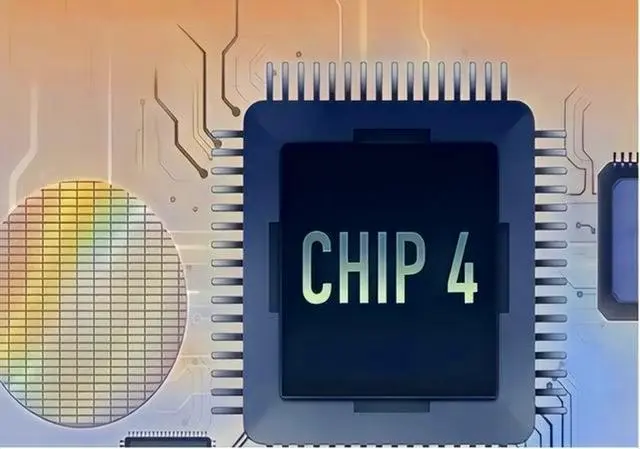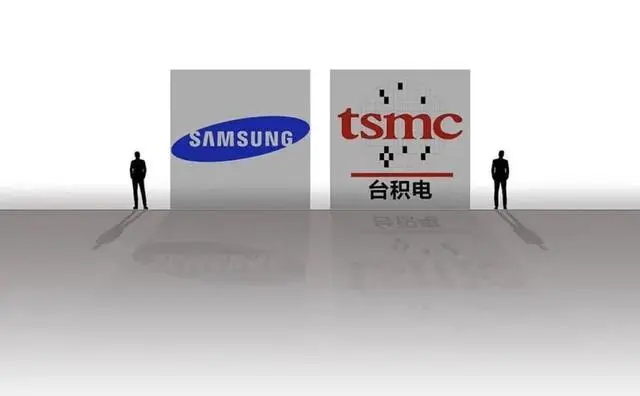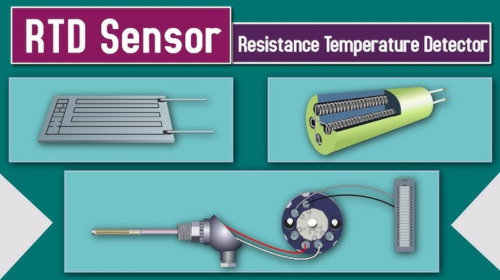The high-tech field is the main battlefield for the United States to launch a technology war against China. From early technological blockades to chip embargoes in recent years, the United States has never stopped its actions to blockade China in the high-tech field, and these actions are becoming more and more severe.
In the global semiconductor industry chain, enterprises from the United States, South Korea, Japan, and Taiwan region of China occupy the major global markets. The United States is in a leading position globally in electronic design automation (EDA), core IP, chip design, and semiconductor manufacturing equipment. "Core IP" generally refers to the general term for integrated circuit chip cores with intellectual property (Intellectual Property, IP) in integrated circuit design. To address the semiconductor shortage crisis and the fragility of the supply chain, the United States has strengthened policy coordination with Japan, South Korea, and Taiwan region of China.
The course of the United States' attempt to blockade China's chip development:
As early as May 11, 2021, 65 companies from the United States, Europe, Japan, South Korea, and Taiwan region of China announced the establishment of the "Semiconductors in America Coalition" (SIAC). This alliance almost covers the entire semiconductor industry chain.

On March 28, 2022, South Korean media reported that the US government proposed the establishment of the "Chip Four Alliance" (CHIP4) with South Korea, Japan, and Taiwan region. After that, the United States tried to bring more allies and partners into the chip alliance CHIP4.
On January 27, 2023, the United States, Japan, and the Netherlands formed an "alliance" in the chip field to restrict China's access to advanced semiconductor manufacturing equipment.
On January 31, 2024, the United States and India held the "US-India Initiative on Critical and Emerging Technologies" (iCET) meeting, and the two countries will strengthen cooperation in the chip field. China is excluded from these four "alliances." Chips are the core components of computers and communication instruments. The chip manufacturing industry is an industrial chain. China's exclusion from various "chip alliances" will seriously affect the development of China's chip industry.
As early as March 29 this year, South Korean media reported that the US government proposed the establishment of the "Chip Four Alliance" (Chip4) with South Korea, Japan, and Taiwan region. The intention behind this is to use this organization to exclude the Chinese mainland from the global semiconductor supply chain.
Specifical situation of Chip 4 and reactions from all parties (mainly concentrated in South Korea):
The Chip 4 led by the United States is considered to be to contain China's technological development. China has strongly opposed it since the news came out. The South Korean government is in an awkward position between the United States and China and has not yet clearly expressed whether it will participate. It only said that it will make a decision after confirming the detailed cooperation content and methods in the preparatory meeting.
Industry insiders judge that if the "Chip 4 alliance" is formed, its members will include MediaTek, TSMC, ASE, etc. from Taiwan region of China; South Korea will be led by the two giants Samsung and SK Hynix; Japan will be mainly represented by companies such as Toshiba, Renesas, and Tokyo Electron; and the United States will be composed of heavyweight manufacturers such as Applied Materials, Micron, Intel, Broadcom, and Qualcomm, jointly forming the strongest alliance in the history of semiconductors. However, this proposal does not seem to have been collectively adopted by all parties.

Secondly, Japan is actively participating in the quadrilateral alliance and trying to seize external opportunities to develop its local industry and realize the "revival" of its own semiconductor industry through the Chip 4 platform. For example, some time ago, Japan invited TSMC to build a factory locally and reached cooperation with the United States to jointly develop the 2nm advanced process.
At the same time, some South Korean media pointed out that the "Chip Four Alliance" (Chip 4) proposed by the United States will place a heavy burden on the South Korean government and semiconductor enterprises. The Chinese mainland is the largest semiconductor market in the world that cannot be ignored. South Korean semiconductor enterprises also have core production bases in the Chinese mainland.
South Korea's semiconductor industry is highly dependent on exports to China. About 60% of semiconductors are exported to China (including Hong Kong). Last year, semiconductor exports to China amounted to 76.8 billion US dollars (about 2.3 trillion New Taiwan dollars). Coupled with other possible economic retaliation from China, South Korea has to consider China's attitude on relevant issues.
On March 1 this year, Samsung Electronics, South Korea's largest semiconductor enterprise, just announced the completion of the second phase expansion project of the semiconductor built in Xi'an, China, and officially put it into production. Through this expansion, Samsung Electronics' NAND flash memory production capacity will account for more than 10% of the world market. The monthly production capacity of 12-inch wafers reaches 265,000, accounting for 42% of Samsung Electronics' overall NAND flash memory production.
There is no doubt that China is one of the markets that South Korean semiconductor enterprises value most. Samsung Electronics and SK Hynix have factories in China, and their products occupy an important share in the global market. With such a huge investment, how can it be closed down just because one says so?
South Korean media News1 quoted government authorities as reporting today that the preparatory meeting originally scheduled to be held in early September may be held in mid-September due to schedule adjustments of participating countries. Officials said that the relevant authorities are coordinating as quickly as possible, and South Korea is also comprehensively considering the pros and cons of participating in Chip 4.
South Korea did not reply to the US invitation until early August and said it would participate in the preparatory meeting. At the same time, it repeatedly emphasized that if it decides to join Chip 4, it is purely based on national economic interests and not targeted at a specific country. When South Korean Foreign Minister Park Jin met with Chinese Foreign Minister Wang Yi, he also mentioned that South Korea can play a bridging role between Chip 4 and China to appease China's dissatisfaction.
Most of the South Korean industry and related scholars believe that joining Chip 4 is an inevitable result. In addition to participating countries possibly setting relevant norms and obtaining industry advantages, the United States has most semiconductor technologies. South Korea's semiconductor production line machines also rely mostly on imports from the United States and Japan. If the United States imposes export restrictions, it may fundamentally affect South Korea's production.
China takes a tough stance on Chip 4. The Chinese state media Global Times published a commentary on the 29th saying that if South Korea joins Chip 4 under US pressure, South Korea's semiconductor industry will become an accessory to US hegemony. Judging from the recent case where South Korean-made electric vehicles were not given preferential treatment under the "Inflation Reduction Act," South Korea is at a disadvantage in the supply chain competition with the United States. If it loses the Chinese market, South Korea's bargaining chip with the United States will be even more limited.

However, South Korean media reported that recently there have begun to be voices in China questioning the possibility of boycotting South Korea in the semiconductor industry. Although South Korean enterprises are highly dependent on the Chinese market, more than 95% of dynamic random access memory (DRAM), which is indispensable for China's home appliance and information technology (IT) industries, comes from South Korea and the United States. China's dependence on South Korea cannot be underestimated.
Now it seems that the original formation of the quadrilateral alliance by the United States had "ambitions." Now, there is disharmony among the participants again, and its chip ambitions are probably difficult to take shape.
What will be the direction of things going forward? Subscribe to our website (WLS Electronic Components) to ensure that our continuously updated chip industry news can be pushed to you in a timely manner!



 How to Identify Legitimate Sellers When Purchasing Electronic Components Online?
How to Identify Legitimate Sellers When Purchasing Electronic Components Online?
 Development Directions and Innovation Trends of the Electronic Components Market in 2025
Development Directions and Innovation Trends of the Electronic Components Market in 2025
 Resistance Thermometer Temperature Sensors
Resistance Thermometer Temperature Sensors
 Say Goodbye to Lag! Three Ways to Speed Up WiFi
Say Goodbye to Lag! Three Ways to Speed Up WiFi